As part of my ongoing research on innovation, I’ve been on a quest to visit as many innovation centers in Silicon Valley and around the hen weorld as possible. Outside of my reports with Capgemini, I’m going to share those experiences with you as they happen. The list already includes Westfield, Levi’s, Target, Walmart, Sephora, among many others. So, there’s a backlog of experiences to publish. In this post, I wanted to share two recent experiences with Mercedes-Benz and my introduction to its work on autonomous and semi-autonomous cars.
Stuttgart-based Mercedes-Benz opened an R&D center in Sunnyvale, which is right in the heart of Silicon Valley. Officially operating as The Mercedes-Benz Research & Development North America (MBRDNA), the facility employs about 150 full-time digital designers and prototypers. Among many things, they are working on apps, infotainment, autonomous driving, and battery technology. Mercedes is not alone in these efforts nor in the Valley. Its neighbors include BMW, Toyota, VW, Google, Apple, Tesla, among others.
The automotive industry is undergoing an incredible renaissance. Technology is making self-driving cars not only possible, but a reality. At the same time, the sharing economy, or the selfish economy as I call it, is also purporting the prospect of collaborative ownership and/or on demand self-driving-cars-as-a-service. The latter is one of the main reasons auto manufacturers are also investing in and partnering with ride-hailing startups.
Apple – Didi Chuxing
GM – Sidecar and Lyft
Volvo – Lyft and Uber
VW – GETT
Toyota – Uber
Lyft, Volvo, Uber, Alphabet Inc., and Ford Motor Co. are also part of a self-driving coalition formed in April 2016. Together, they’re lobbying law makers around establishing a productive autonomous infrastructure.
In the mean time, Mercedes-Benz is hard at work testing new technologies in Silicon Valley, Germany and now Las Vegas to accelerate the future and give us keys to new possibilities.
S500 Intelligent Drive Autonomous Automobile
I’ve now had the opportunity to meet with the Mercedes-Benz innovation team twice. On the first occasion, I joined Guy Kawasaki, Robert Scoble and others for a spin in the self-driving S500 “Intelligent Drive” autonomous car during my visit to the MBRDNA facility. It was an eye-opening experience to say the least. It’s one thing to talk about self-driving cars. It’s something altogether different to be driven in one…or by an intelligent computer to be more accurate.
Autonomous vehicles are expected to hit the roads in notable fashion by 2020. I’m sure that technology moves faster than politics. But even still, for a car to drive itself is no small feat. For a car to drive itself and its passengers safely while keeping everything and everyone else outside of the car safe in a variety of conditions and environments is extraordinary. This is one of the many reasons Mercedes-Benz opened the MBRDNA. The company needed to subject its Intelligent Drive vehicles to conditions that are different than those in Germany. If you think about it, the car has to monitor an incredible amount of information to make flawless decisions on the fly. The more inputs it has, the more it can learn and improve.
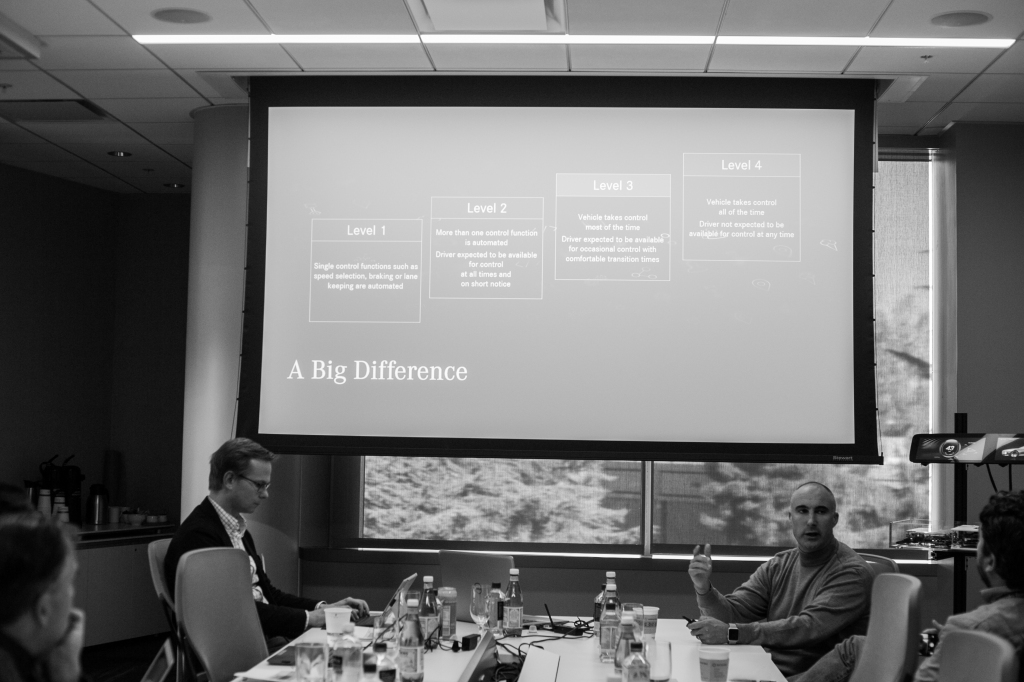
For example…
Intersections are not always the same. Stop lights, stop signs, rules (i.e. no turn on red), yields, crosswalks, are different everywhere.
Lanes are not always perfectly marked.
Bicycling is becoming more and more prominent in the U.S.
Sunlight (sun position) blinds and casts shadows hampering views.
Weather (rain, snow, et al.) provides for unpredictable challenges and terrain.
Obstructions (construction, road hazards, animals, etc.) are often unforeseen.
Jaywalking, lane-splitting motorcycles, drivers who don’t pay attention, etc., complicate would be algorithmic driving scenarios.
The list goes on and on.
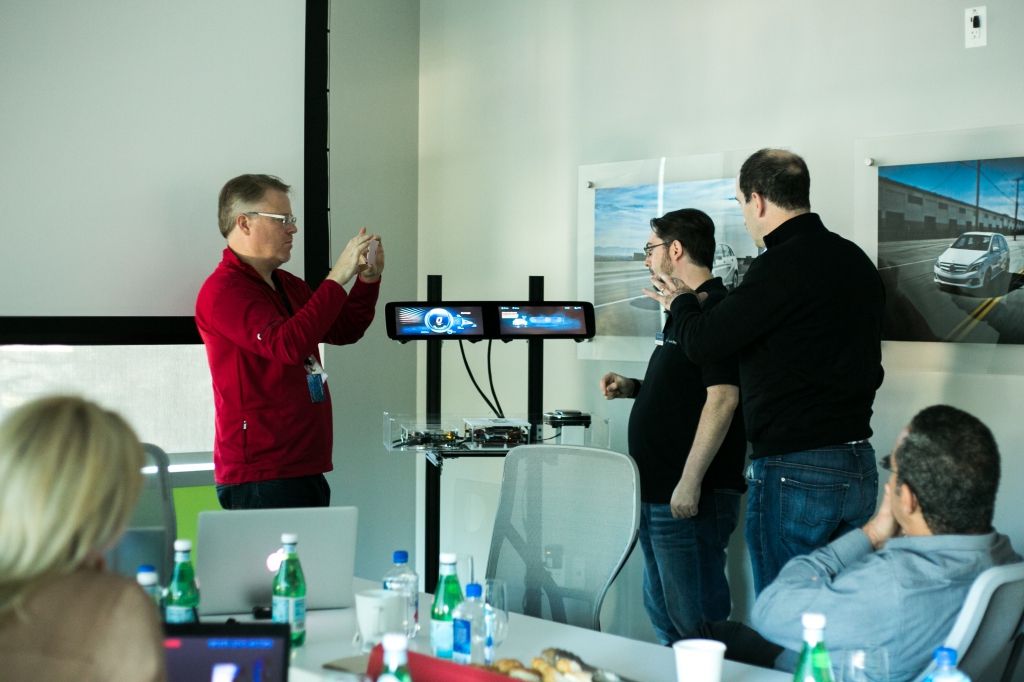
It’s all incredibly complex and quite honestly, something most passengers will not think twice about once self-driving becomes mainstream. But for the geeks out there, the incredible breadth and sophistication of expertise that goes into these cars is humbling.
The S500 I was driven in was part of a special test program. Before you go on the road, you’re briefed and there’s a meticulous protocol to a short drive. For instance, when you hit the road, you’ll have a lead car and a pace car to create a safety zone. There is also a special class of driver for autonomous vehicles who sits behind the wheel ready to take over at any moment. They’re constantly monitoring the environment and they’re trained to know when the car will need help to react.
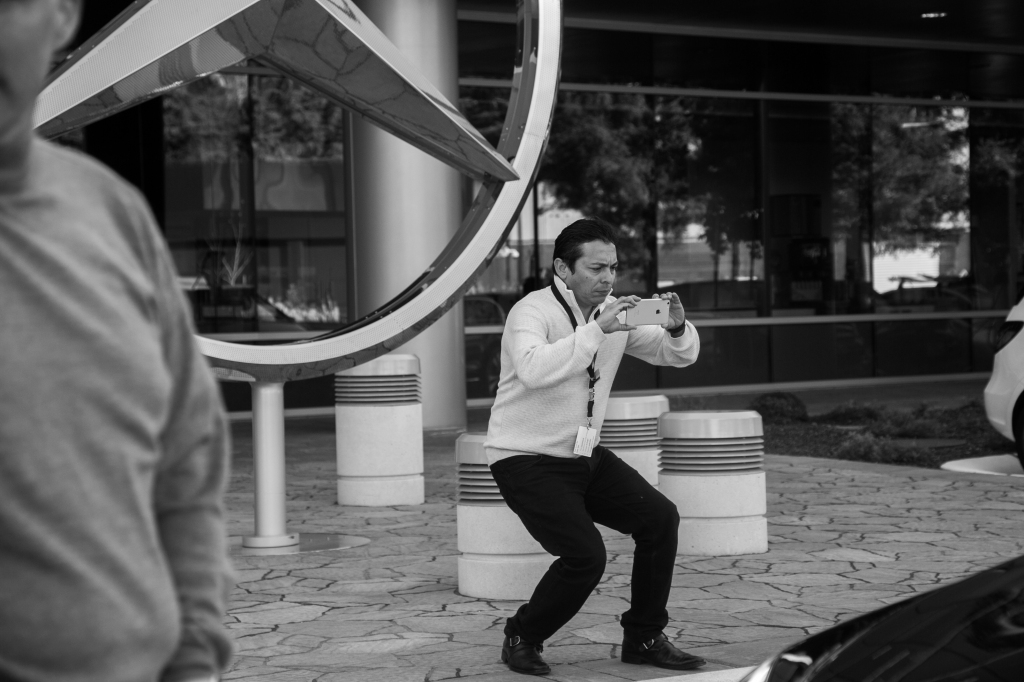
The S500 vehicle was outfitted with an impressive array of radar systems, ultrasound and cameras. In real-time, the system is communicating with maps and GPS information to know where it is and where it’s going. But even then, the car has to learn…especially when most cars at the beginning of the transformation will be driven by humans. Furthermore, these smart vehicles will have to learn how to drive defensively. Think about that. This means that autonomous cars are going to make mistakes, not as many as humans. But, there will be mistakes and the press will pounce on them initially. Of course, smart cars will only get smarter and safer over time.
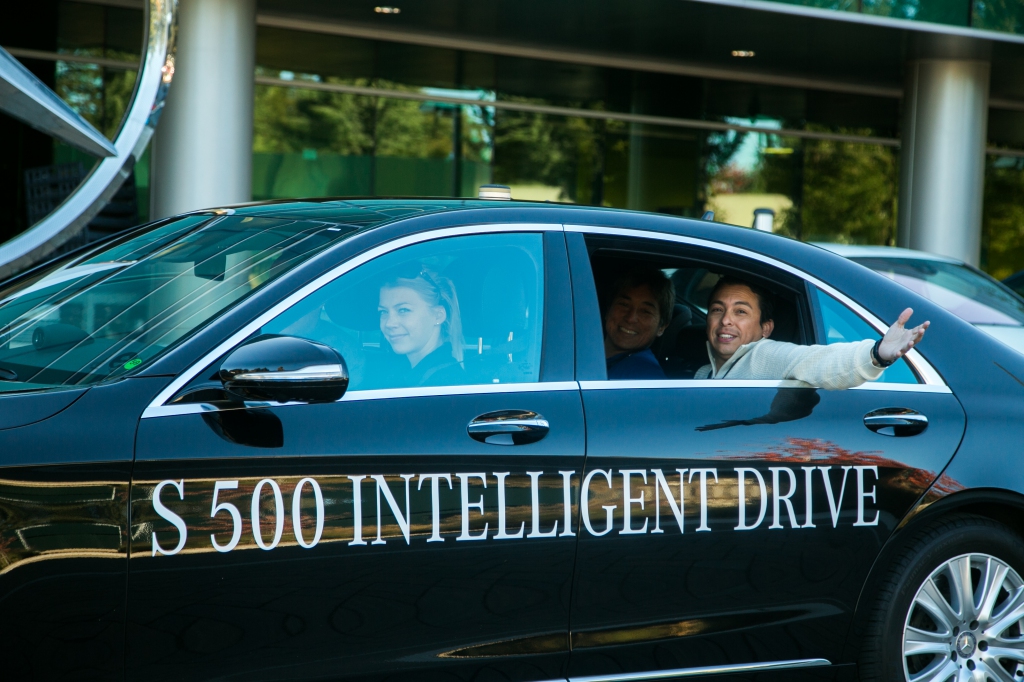
Driving. Or should I say, being driven…is surreal. On one hand you can’t help but marvel at the degree of science fiction that has come to life. On the other, you wrestle with giddiness and fear. It’s normal to feel the car constantly trying to assess where it is and what to do next. It’s a reminder that there’s still work ahead. Even still, it’s incredible.
There were several notable moments on our short journey when I was equally impressed and surprised that the car could figure out what to do. For example, taking a left turn with the sun setting in the background, which cast a shadow onto the car’s camera…it stuttered. But, it also corrected and learned in an instant.
Understanding its environment is its main objective. But it goes beyond driving. It also has to consider everything from parking to pulling out of the garage to making stops to fueling.
MBRDNA is working on more than just technology. The team is also heavily focused on user experience in the cabin. Since you’re not driving, what’s the point of a traditional cockpit. You now need to re-imagine the space. It’s quite spectacular really. The entire concept of a car and the interior can be designed for more productive scenarios. In fact, Mercedes-Benz introduced a concept, “luxury in motion,” where the cockpit/cabin essentially represents a blank canvas. I can’t wait.
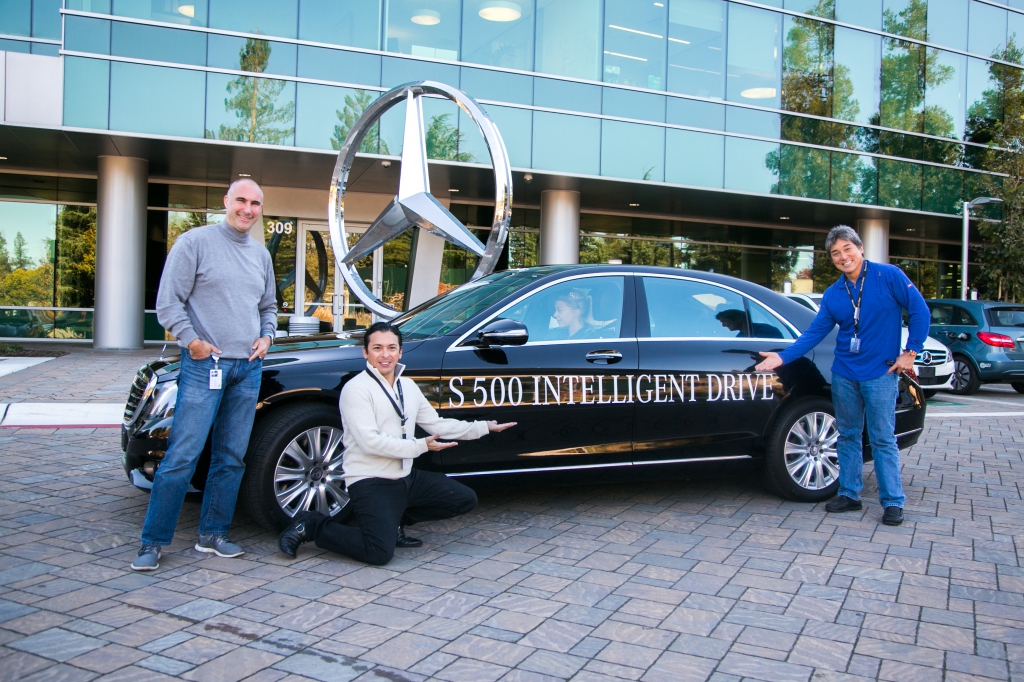
Intelligent Drive E-Class – Las Vegas
Shortly after my MBRDNA visit, Mercedes-Benz invited Guy, Robert, Kara Swisher and me to meet up during CES in Las Vegas. This time, we were to get an introduction to the new 2017 E-Class with integrated “Intelligent Drive” technology.
From the strip, we were whisked to the Las Vegas Speedway where we were briefed on all of the updates and features in the company’s upcoming vehicles.
Initially, the tie to Las Vegas, I assumed, was CES. Turns out, that there’s another important reason why we were there. The new Mercedes-Benz E-Class is the world’s first standard-production vehicle to be awarded a test license for autonomous driving in Nevada.
Nevada passed regulations on autonomous driving back in June 2011 and is seen as a pioneer in doing so. Now, self-driving tests are permitted on all interstates and state highways in Nevada. The test vehicles are identified by a red licence plate reserved for autonomous driving. Two self-driving Daimler trucks have also been in operation on public roads since May 2015.
To allow autonomous driving functions to be tested, test vehicles previously had to be equipped with special hardware and software. This included additional sensors, modified steering and an adapted ESP. That is no longer the case with the new Mercedes-Benz E-Class. The standard-production vehicle is already extensively equipped with intelligent technology. This means that, for testing purposes, it is necessary to only make some small software modifications to the DRIVE PILOT control unit. And I saw this in action as a quick change of a plug-and-play module would allow me to get behind the wheel. Basically, the new 2017 E-Class will ship with semi-autonomous features. Change the module when technology and policies are ready and you’ll have a fully autonomous vehicle ready to go.
When we arrived at the Las Vegas Speedway, we were invited into a conference room to meet the engineering team again. There, we were briefed on the new technology powering the new E-Class autonomous and semi-automous vehicles. We were also given an overview of the course for our test drive. Initially, I thought we would run the racetrack. But to my pleasant surprise, we were to take a 70 mile, 1.5 hour desert drive out and back. And, each of us would get our own car!
For the first half of the drive, I sat in the passenger seat while the car drove in fully autonomous mode. During this time, I was further briefed on the car, the technology and also the politics involved with bringing fully autonomous vehicles to everyday streets in the US, Germany and around the world.
I balanced listening with observing the car’s behavior. The handling was surprisingly accurate considering we would encounter a variety of environmental curveballs, sunshine, cloudy and rainy conditions. It’s one thing to know that there are a lot of things happening behind the scenes, it’s altogether different to experience it. For a good portion of our adventure, I held a tablet that provided a visual live-feed of everything the car was seeing, measuring and tracking in real time. It was mind-bending to see the amount of data and processing happening every second.

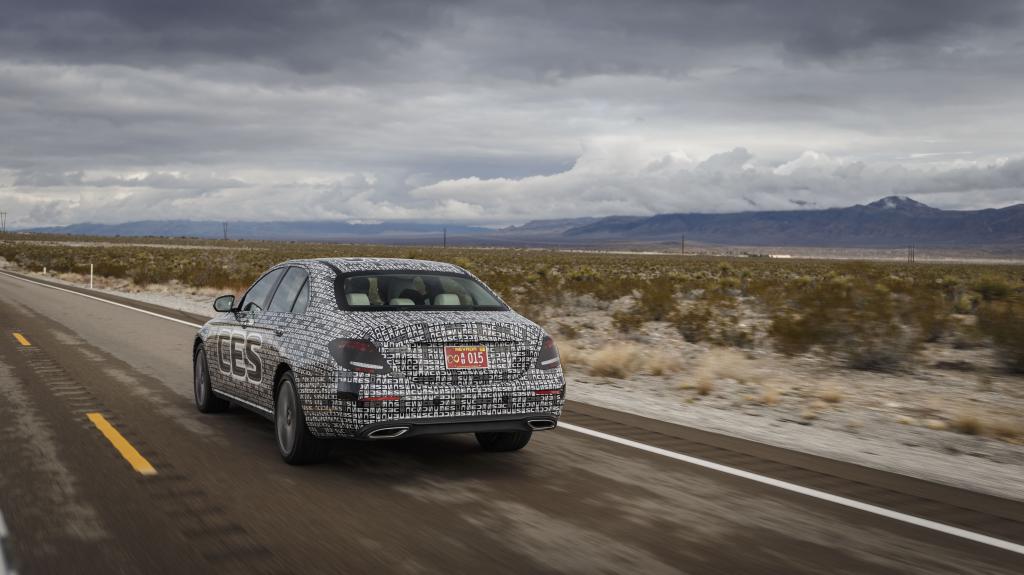
About half-way through the drive, we met the other vehicles at a quaint little restaurant somewhere in the middle of the desert. The trunk of each car was open and the first thing I thought of was, “hey, we’re in a desert with parking lot full of open trunks…I hope I don’t see any shovels!” But in all seriousness, this is when the team swapped the autonomous with semi-autonomous modules. This meant, it was our turn to drive. Yes!
I drove from the lot onto the highway and then was instructed to engage the system. I hit a button, selected the speed and the distance to follow and we were off. It tracked extremely well within the lanes (no drifting), maintained my desired distance between cars and also would speed up and slow down accordingly. If I want the car to change lanes, I simply signal if I want to go left or right and the car took it from there.
Of course I had to get past the control issues.
Should I grab the wheel?
Should I hit the brakes?
Not yet.
For about 20-30 miles, there was really nothing to report. It was smooth, easy and now starting to feel normal. I playfully thought of all the selfies and Snaps I could share without having to worry about driving 😉
Unlike Tesla, Mercedes-Benz would rather not having you taking naps while driving in any autonomous mode for now. If your hands are off the wheel for more than (I think) five minutes, the car alerts you through dashboard messaging and alarms. If you still don’t respond, the car slows down.
There was an interesting point along the way, one that demonstrates early vulnerability of any autonomous vehicle and the importance of driver attentiveness…At some point, the clouds poured rain down upon the desert roads. Initially, the car tracked well at about 70-75 mph. But when visibility was compromised, meaning my visibility, the car too, struggled to stay center. We lightly drifted and then that drift became more pronounced right toward a semi-truck.
“When would be a good time to turn the wheel?,” I asked.
The response was quick and calm, “Probably now,” they said.
Back in the lane. Safely. The rain stopped. Everything returned to normal…well, to a “new” normal of a car driving itself on two-lane Nevada highway. The ride back to the Speedway was easy and lovely at the same time. I let the car drive us and I allowed myself to indulge distractions.

I…
Took in the scenery.
Enjoyed the conversation.
Learned about the future of driving.
Captured pictures and videos.
Checked email.
All done safely.
If you read the text in the picture at the top that categorizes autonomous driving into “4 steps,” you can see how quickly we’re moving toward the right. Mercedes and the like are driven for us to be driven. And, they’re just getting started. Mercedes’ new F 015 prototype, for instance, only looks like a car from the outside. On the inside, it’s a mobile studio, lounge, office or whatever you want it to be at any time. Sign me up.


The autonomous future is upon us. Cars, semi-trucks, are just one part of a new world that will change how we go through life. AI, robots, VR/AR, they’re all here. I’ll continue to share my experience with innovation centers and innovation in general, so that together, we can understand what’s coming and what to do about it.
Connect with Brian!
Twitter: @briansolis
Facebook: TheBrianSolis
LinkedIn: BrianSolis
Youtube: BrianSolisTV
Snapchat: BrianSolis
Experience is everything…read my new book, X!
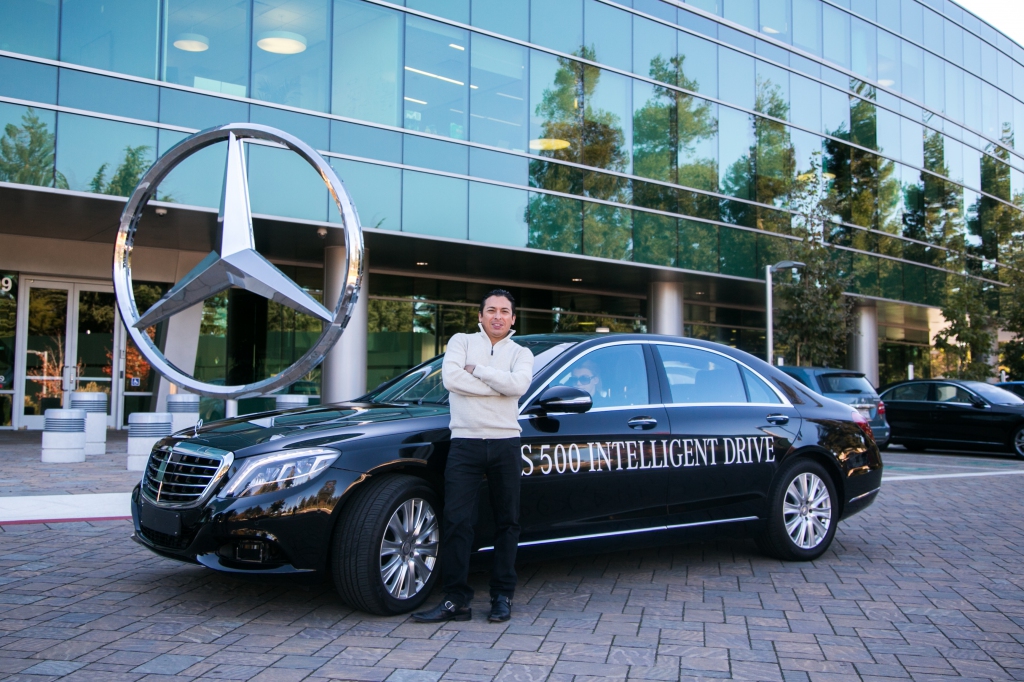

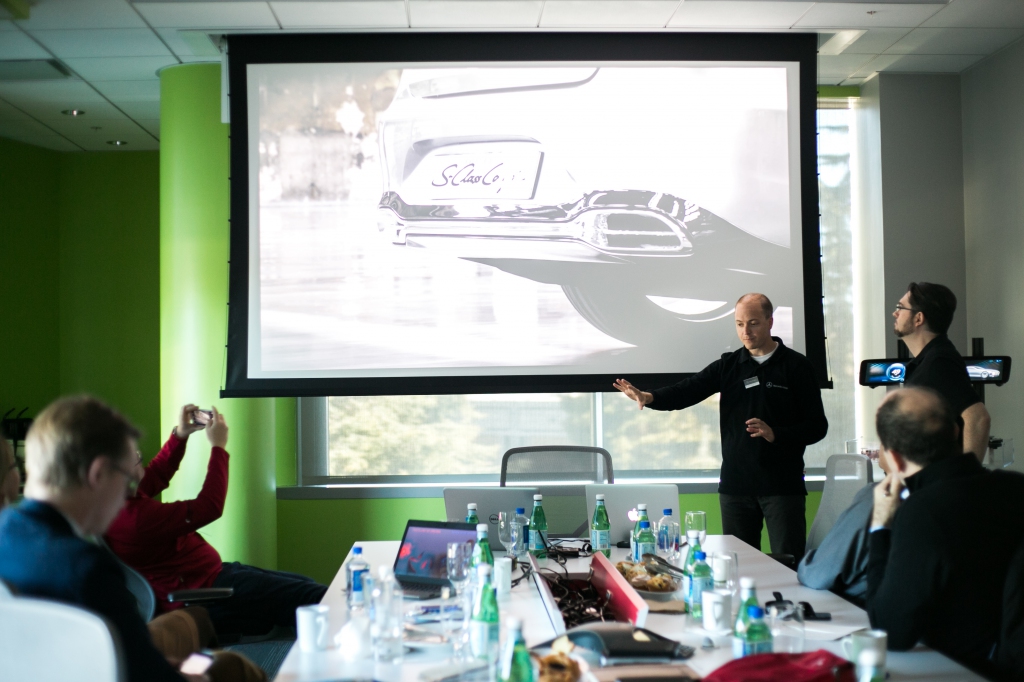
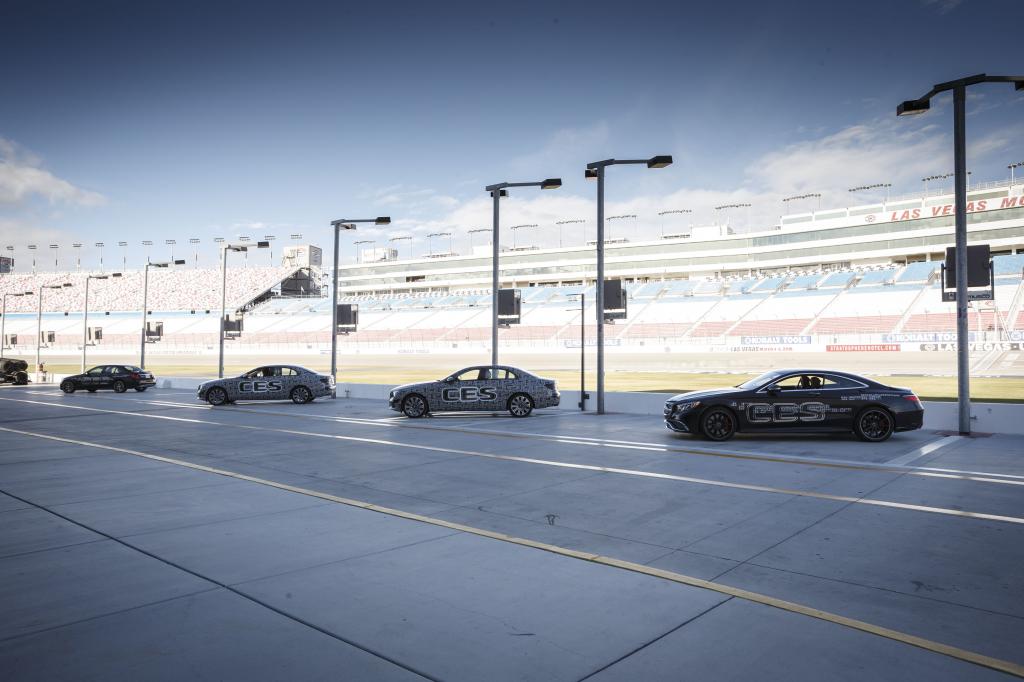
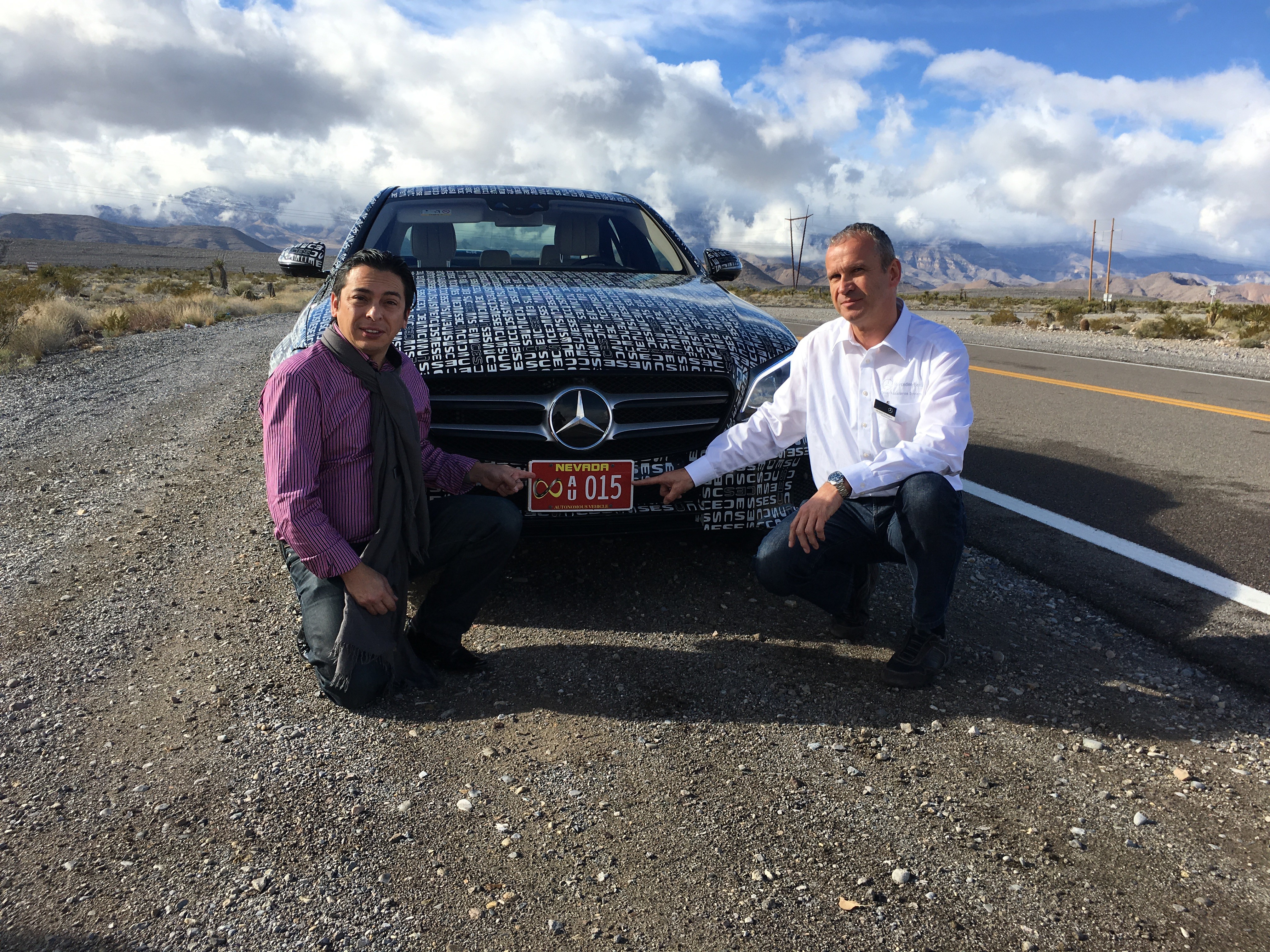
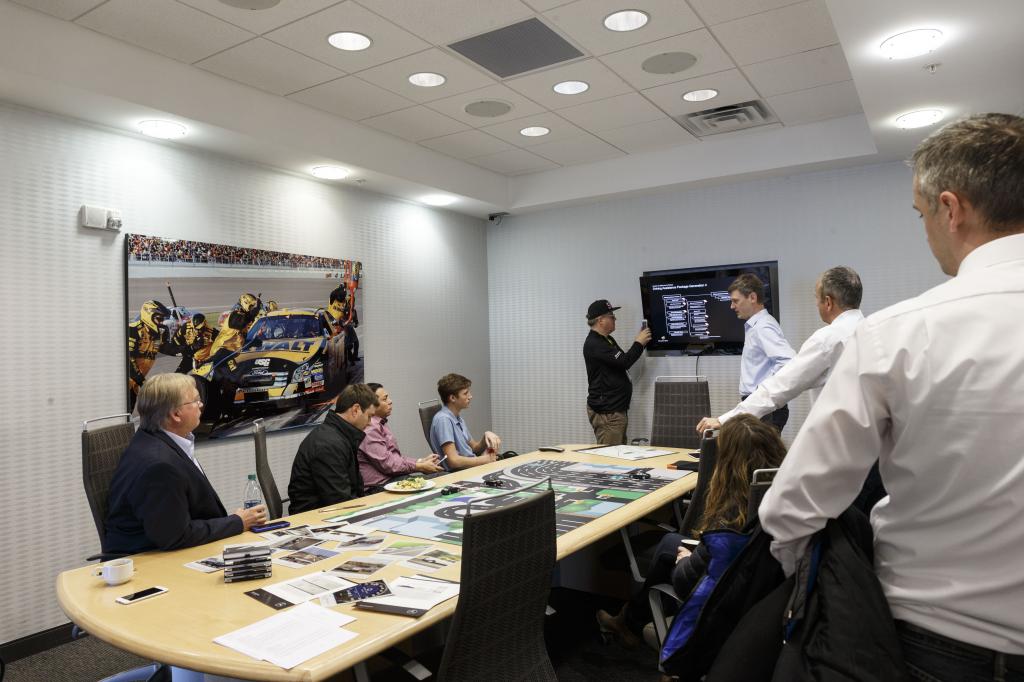
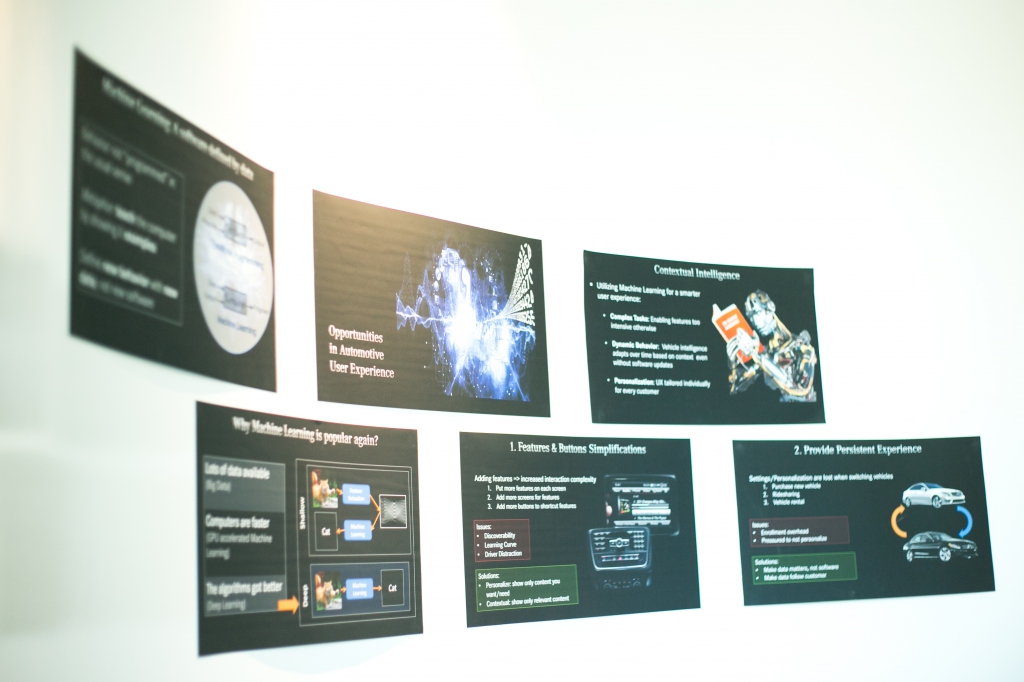
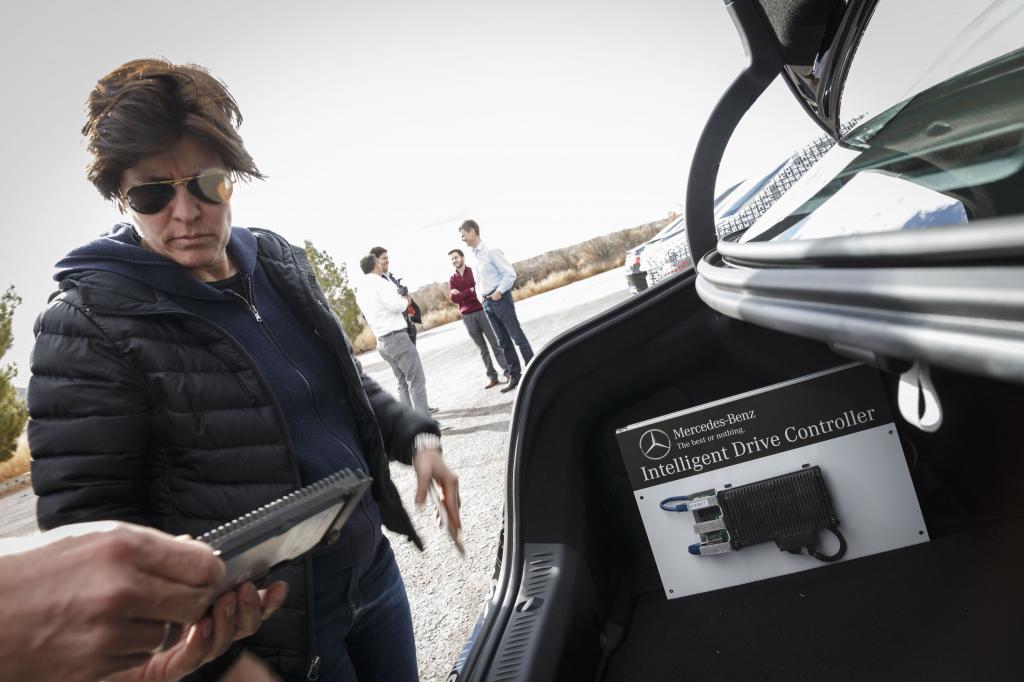
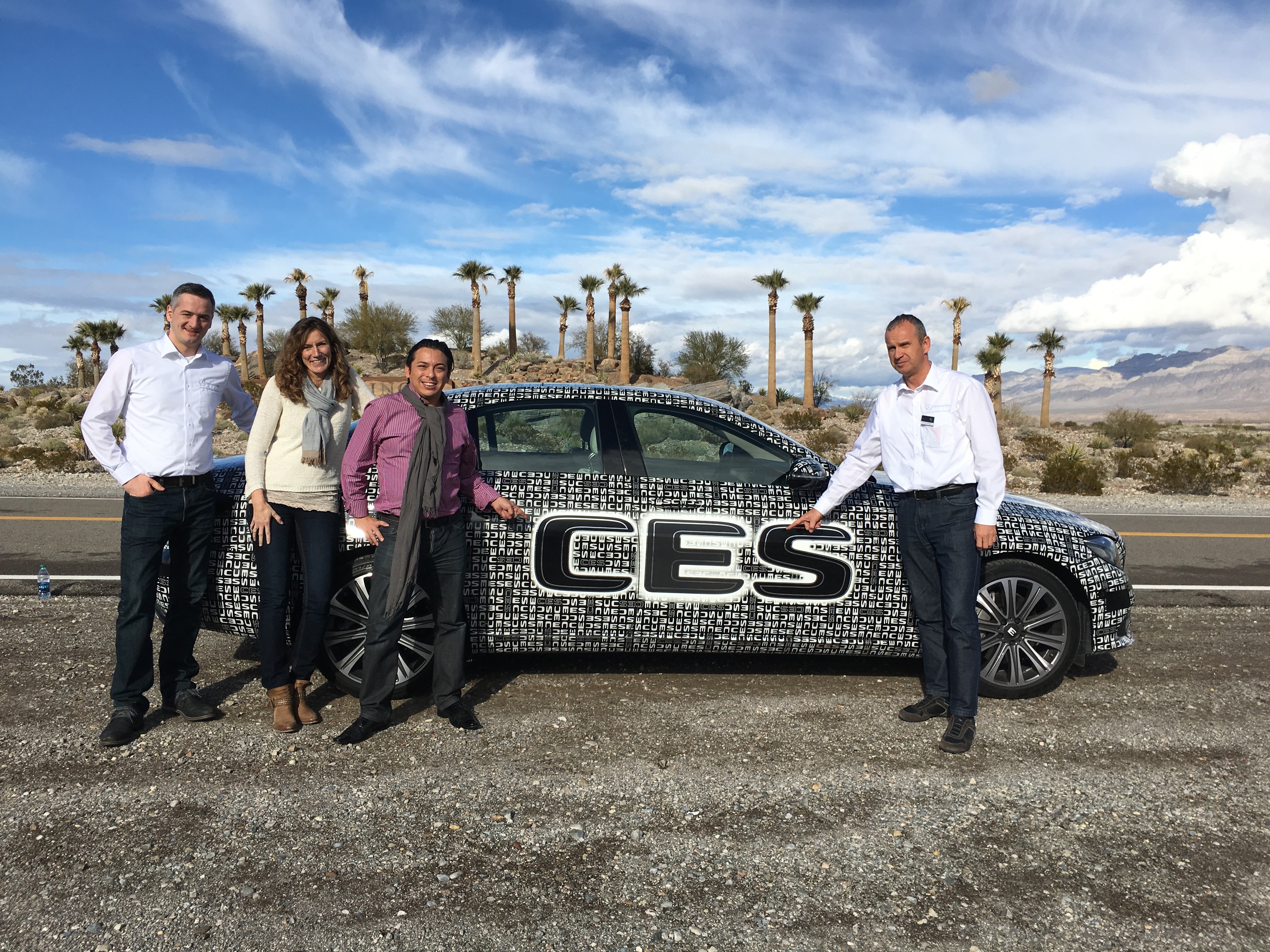

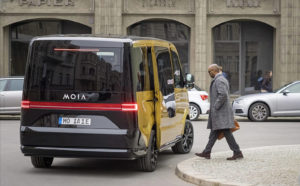

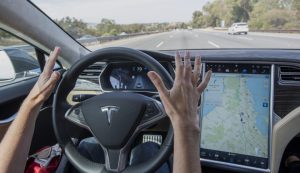


Wow this is really cool technology. I’m curious to see how Tesla handles the Giants of the industry getting more involved in autonomous driving. Do you think they will be able to handle the added pressure?
Josh
Product Manager at https://www.solodev.com